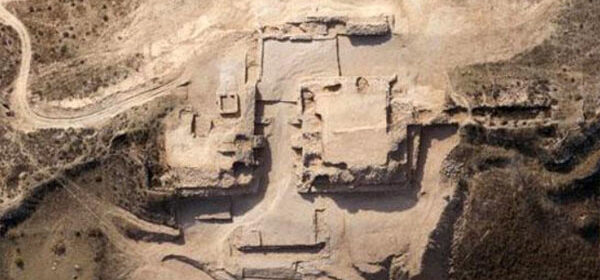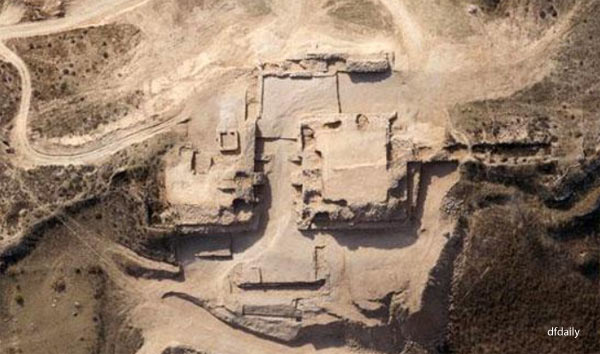4,000-Year-Old Fortifications of Stone Age city discovered in China

4,000-Year-Old Fortifications of Stone Age city discovered in China
Chinese archaeologists have found fortifications surrounding the Shimao ruins, including two massive beacon towers, which are the largest Neolithic Chinese city ever discovered.
The Shimao ruins were first found in 1976 in China’s Shaanxi Province. Until last year, the ruins were thought to be part of a small village, but archaeologists discovered that they were actually part of a much larger city that occupied 4.25 square kilometers.

It had a central area with inner and outer buildings, as well as walls that enclosed the city. The site is scattered with the ruins of palaces, houses, tombs, sacrificial altars, and handicraft workshops.
The discovery of many important remains like the earliest preserved murals, partial jade ware and large quantities of pottery shards indicated that the Shimao site played an important core position in the Chinese northern cultural sphere.
The latest discovery relates to two square towers, which were once part of the city wall, the largest of which measures 18 metres long, 16 metres wide, and 4 metres high.
The towers are the largest known structures of their kind dating back to Neolithic China.
According to archaeologists, the ancient city was built about 4,300 years ago and was abandoned roughly 300 years later during the Xia Dynasty, the first dynasty in China to be described in ancient historical chronicles.
The find has had a significant impact in changing historical studies about Chinese civilisation.